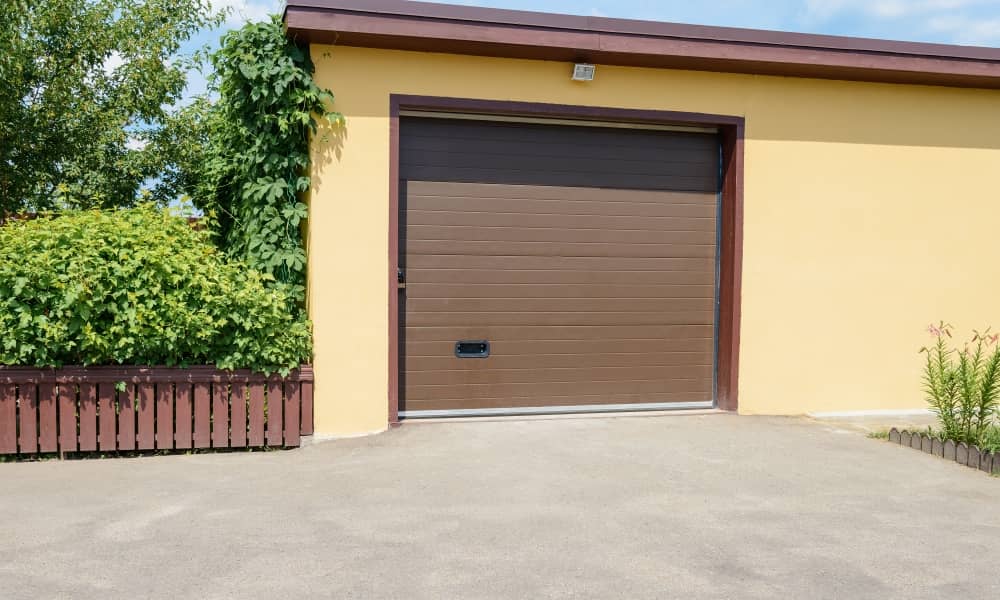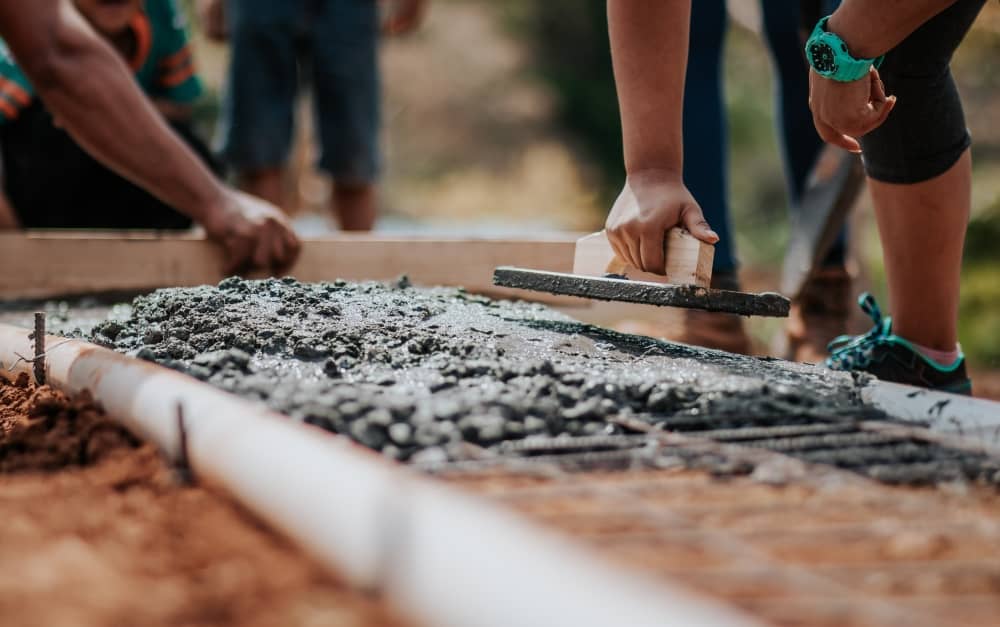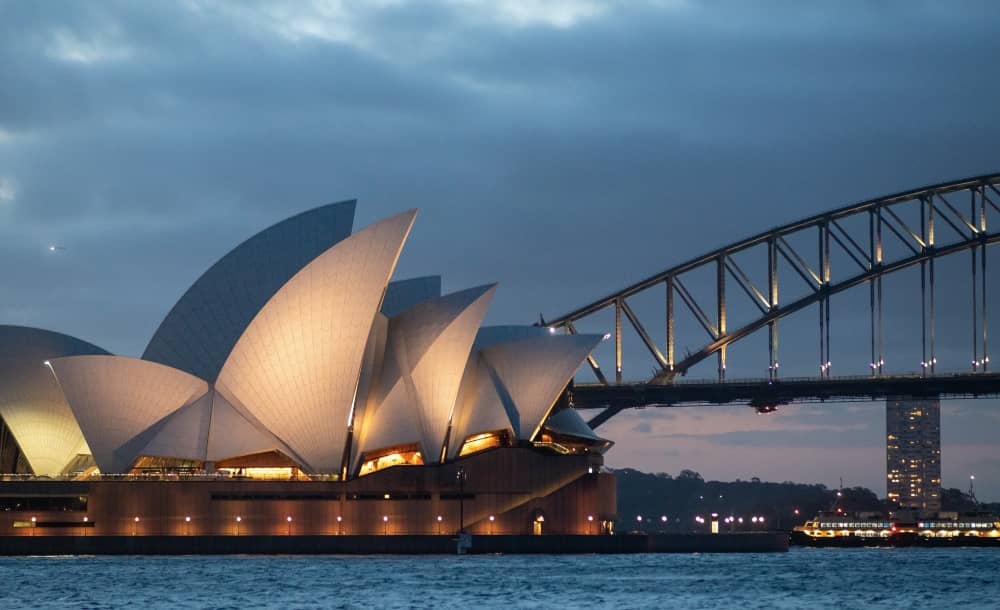Although concrete has been a part of our modern lives, most do not spare a second thought for this building material. Yet, if you look around, you will quickly recognise that it has shaped our surroundings – albeit silently. From the busy highways, we travel to the towering skyscrapers we marvel at, concrete is one of the humble backbones of our architectural and urban environment.
In this blog, let’s take a moment to discover six interesting facts that confirm there’s more to concrete than meets the eye.
1. Concrete’s Modest Roots
“Great things start from small beginnings” is indeed an apt description of concrete’s fascinating origin story. The earliest known concrete forms were used in ancient civilisations, where mud and straw were the primary ingredients. The ancient Romans improved this primitive version by mixing water, lime, and volcanic ash from Mt. Vesuvius. Yes, that’s the same volcano that buried Pompeii and Herculaneum under lava and ash when it erupted in AD 79.
Unfortunately, the Middle Ages led to the loss of Roman knowledge of the Roman concrete. However, English researchers later rediscovered it as a natural cement rock deposit in 1796, branding and selling it as Roman Cement.
2. The Building Blocks of Concrete’s Chemistry
Did you know that concrete is not solid? It’s highly porous, with pores ranging from nanometres to millimetres. The porosity of the material affects its strength, permeability, and durability. When freshly mixed, concrete is extremely alkaline, with 12 to 13 pH levels. This attribute is vital in protecting embedded steel from corroding prematurely.
Concrete hardens and sets due to hydration. That means it occurs when water is added to cement, forming calcium silicate hydrates and calcium hydroxide. But how long does it take for concrete to set? The initial setting can take about two to four hours, depending on the weather. However, you need to wait four to eight hours for the surface to be hard enough to accept foot traffic.
3. The Amazing Strength of Concrete
The compressive strength of concrete is quite incredible. Certain types can withstand high amounts of pressure beyond 137.9 megapascals (MPa), equivalent to 20,000 pounds per square inch (PSI). Of course, these figures only apply to concrete that has been properly mixed and cured. By the way, the highest record achieved for compressive concrete strength is 689 MPa or 100,000+ PSI.
The material is strong yet gains even more strength over time. Structures made of concrete generally achieve maximum resilience after about a month of curing.
Concrete sleepers highlight the material’s known strength and durability. Also known as concrete ties, sleepers are integral to the railway infrastructure. Concrete’s remarkable strength gives sleepers a sturdy and reliable foundation for train tracks.
4. The Many Faces of Concrete’s Versatility
You can build almost anything with concrete with its chameleon-like adaptability, and that’s why this material is the most used worldwide, easily surpassing wood and steel. Because it can take different shapes and forms, architects can use concrete to create unique and innovative structures.
There are truly endless possibilities with concrete due to its aesthetic versatility. You can have polished concrete, stamping, staining, and other decorative concrete techniques that mimic stone, brick, and other natural materials.
5. Sustainable and Environmentally Responsible
Sustainability is a crucial subject matter these days. Concrete is one of the building materials with a lower impact, especially compared to prominent ones. We should understand that cement production is one of the biggest contributors to global carbon dioxide emissions. For this reason, many manufacturers use alternative materials that are more energy efficient, thanks to technological advances.
One great thing about concrete is that the mixes often come with recycled materials, including aggregates, slag, and fly ash. Therefore, new material collection is not required, further reducing the effect of concrete production on the environment. Concrete is also durable. When properly maintained, it can last for decades, some even centuries. Frequent replacement is not necessary, meaning new resources are not gathered and consumed.
How much concrete do I need? Here’s the good news. You can easily minimise concrete waste and optimise its use by measuring all the essentials, from the area size to thickness to required reinforcement, beforehand. Doing so helps in the efficient use of resources and even decreases carbon footprint by avoiding ordering excess concrete.
6. Iconic Concrete Structures
Numerous historic and modern innovations are made of concrete. Although there are too many to mention, here are some of the world-famous concrete structures you surely wouldn’t want to miss:
- The Burj Khalifa: Located in the United Arab Emirates, the Burj Khalifa is the world’s tallest skyscraper, made of high-strength concrete mix. This mix can withstand unimaginable loads and pressures, especially when taking into account its height of 828 metres (2,716.5 feet).
- The Hoover Dam: This world-famous US dam has been around since 1936. It’s iconic due to its magnificence, specifically in the sheer volume of concrete used. Estimated to be approximately 3.4 million cubic metres (4.4 million cubic yards), this amount of concrete is enough to build a two-lane highway from Times Square in NYC to the Golden Gate Bridge in San Francisco, CA.
- Sydney Opera House: This masterpiece features precast concrete, requiring one million tiles to cover the exterior shell-like structures. The opera house is designed to self-clean when it rains.
- Millau Viaduct: This bridge is considered the world’s tallest, standing proud at 343 metres (1,125 feet). Located in Millau, France, the viaduct features reinforced concrete for its pylons, providing the structure with strength and durability.
- Three Gorges Dam: Found in China’s Yangtze River, this dam is considered the largest concrete structure in the world. Measuring 185 metres high and 2,309 metres long, this innovation was built almost 20 years ago, costing $37 billion.
- Pantheon: This massive concrete dome is one of the most recognisable structures ever built. Constructed around 125 AD, the Pantheon shows the exceptional resilience of Roman concrete.
Concrete, derived from the Latin word “concretus,” meaning “to grow together,” may have humble beginnings but surely developed into one of humankind’s most critical construction materials. From impressive structures like motorway bridges and high-rise skyscrapers to regular yet trendy outdoor furniture pieces, concrete is a mainstay in the dynamic fields of construction and architecture.
Use it for your home, too! Contact CoastCrete to incorporate decorative concrete for your next residential project.








